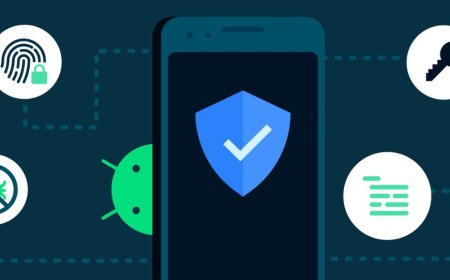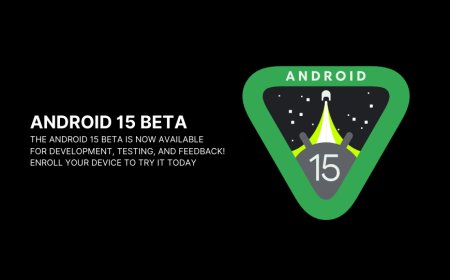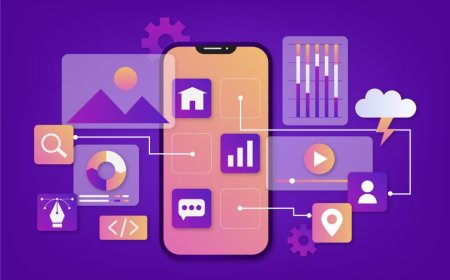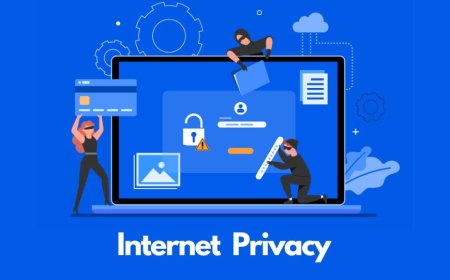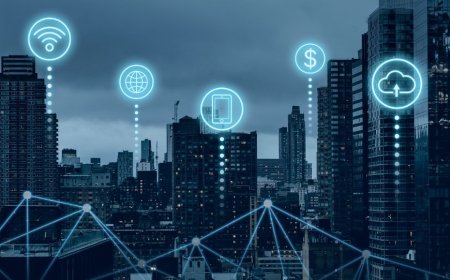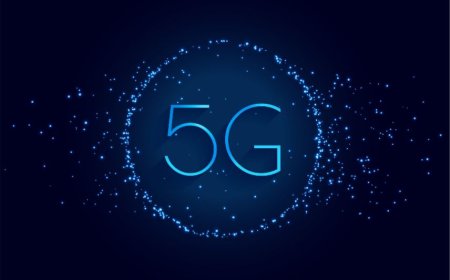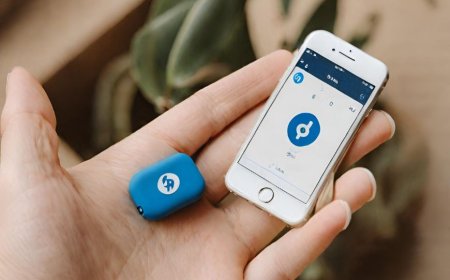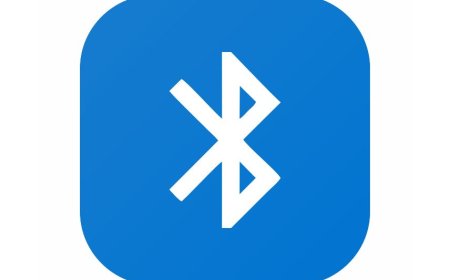6 Cool Things OpenAI Couldn't Do But ChatGPT 4o Can
ChatGPT 4o can do more than talk! Learn how it edits images, understands videos & becomes your AI helper
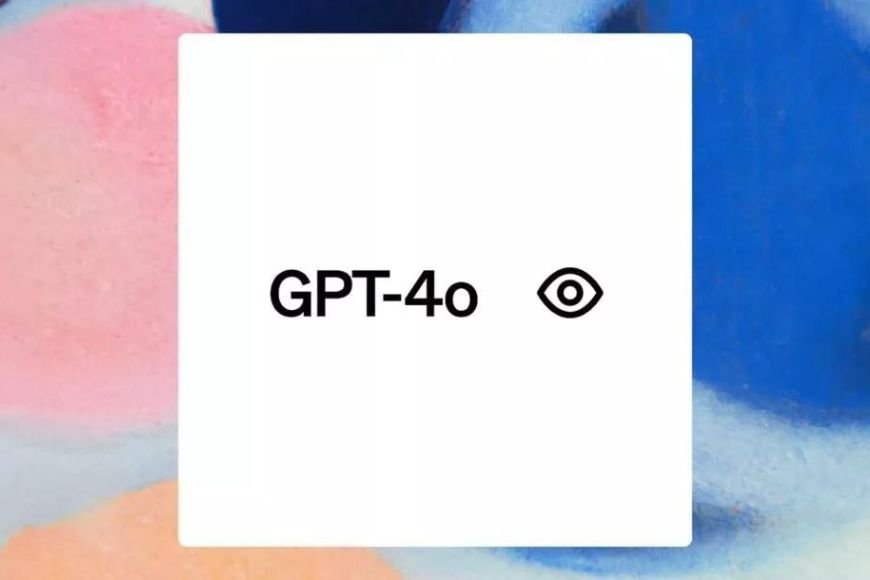
The recent unveiling of OpenAI ChatGPT 4o sent shockwaves through the AI community. Its human-like voice chat capabilities stole the spotlight, but beneath the surface lies a treasure trove of hidden gems – functionalities that OpenAI strategically chose not to highlight in their initial presentation. This article delves deeper into these remarkable features, exploring how GPT-4o is poised to revolutionize the way we interact with machines and information.
Beyond Text: The Art of Image Enhancement with Text Integration
Diffusion models, the current champions of image generation, have a notorious blind spot – text. Dall-E 3, for instance, struggles to seamlessly integrate text into its creations. Enter GPT-4o, the multimodal marvel that breaks this barrier. As an end-to-end multimodal model, GPT-4o excels at rendering text on images with remarkable accuracy. OpenAI may have kept this gem under wraps during the presentation, but their model page reveals a treasure trove of examples showcasing this capability.
Imagine effortlessly adding text to an image, whether it's a witty caption or a descriptive label. GPT-4o achieves this with astonishing consistency across various samples. The possibilities are endless. Need a character portrait from different angles? Upload an image, and GPT-4o will generate variations while maintaining the character's essence in each iteration. This extends to 3D objects as well. Generate multiple views of an object using GPT-4o, and effortlessly combine them to create a stunning 3D render. Don't forget about the artistic touch – GPT-4o can even design custom fonts, adding a personalized flair to your creations. However, it's important to note that these functionalities are not yet integrated into the current version of ChatGPT. But, based on the capabilities showcased by GPT-4o, future inclusion seems highly likely.
From Static Images to Dynamic Insights: Unveiling GPT-4o's Video Processing Prowess
OpenAI kept another ace up their sleeve – GPT-4o's ability to process and analyze videos. Their presentation focused primarily on text and voice interactions, leaving this hidden gem undiscovered by many. But a closer look at the model page reveals a fascinating capability: video summarization. Imagine uploading a video to GPT-4o and receiving a concise summary in various formats, from a detailed transcript to a bulleted list of key points. This elevates GPT-4o to a strong contender in the video processing arena, offering a compelling alternative or companion to models like Gemini 1.5 Pro.
AI-Powered Learning: Introducing Your Personal Tutor in the Form of GPT-4o
Remember the awe-inspiring chatgpt demo showcasing Khan Academy's Sal Khan and GPT-4o? This wasn't just a flashy presentation trick; it unveiled a revolutionary application of GPT-4o's capabilities. This innovative setup allows you to share your iPad screen with the model, creating a dynamic learning environment. Stuck on a complex math problem or a mind-boggling scientific concept? GPT-4o transforms into your personal AI tutor, analyzing charts, maps, or any other visual element on your screen to guide you towards the solution. This is a prime example of GPT-4o's multimodal vision capability in action, demonstrating its ability to process and interpret visual information alongside textual data. This functionality isn't limited to iPads either. The same setup works seamlessly with the ChatGPT app for macOS, ensuring a wider range of compatibility and accessibility.
From Passive Observer to Active Participant: GPT-4o as Your AI Meeting Companion
Imagine having a live, intelligent assistant during your next meeting. OpenAI ChatGPT showcased a glimpse of this future with GPT-4o's ability to function as a meeting companion. Here's how it works: simply share your screen with GPT-4o, and the model observes and listens to all participants. It doesn't stop at passive observation – GPT-4o can actively participate in the discussion by offering insightful comments and answering questions spontaneously. Need clarification on a point or require additional information? GPT-4o can access and process relevant data in real-time, providing valuable insights on the fly. But the benefits don't end there. After the meeting, GPT-4o can summarize the key points and decisions, saving you the hassle of taking detailed notes and ensuring everyone is on the same page moving forward. This AI-powered meeting companion promises to revolutionize team collaboration and communication, boosting productivity and ensuring all participants remain actively engaged.
Breaking Down Language Barriers: GPT-4o's Commitment to Global Communication
OpenAI understands that the power of AI shouldn't be confined to a single language. While showcasing GPT-4o's capabilities, they made a conscious effort to highlight its commitment to regional language support. It's not just about offering lip service – they've made significant strides in improving GPT-4o's performance in languages beyond English. A key innovation is the enhanced tokenizer, a critical component responsible for efficiently representing text within the model. OpenAI has significantly optimized this tokenizer for various non-English languages, allowing it to compress them and fit more tokens within the model's capacity. This translates to a substantial performance boost for GPT-4o in languages like Gujarati (requiring 4.4 times fewer tokens), Hindi (2.9 times fewer tokens), Telugu (3.5 times fewer tokens), Urdu (2.5 times fewer tokens), and Russian (1.7 times fewer tokens). This is a game-changer for global communication, making GPT-4o's capabilities accessible to a wider audience and empowering users who interact with the model in their native languages.
The Reigning Champion: GPT-4o Takes the Benchmarking Crown
OpenAI chose to prioritize user experience over bombarding us with benchmark numbers during their presentation. However, a closer look reveals a hidden truth – GPT-4o sits at the pinnacle of the AI performance hierarchy. While they didn't delve into specifics, the underlying data suggests that GPT-4o outshines all other AI models in the game, including those developed by Google, Anthropic, Meta, and others. This dominance extends to its predecessor, GPT-4 Turbo, which was released just a few months prior. When it comes to established benchmarks like MMLU, HumanEval, GPQA, and DROP, GPT-4o consistently outperforms both proprietary and open-source models. The story doesn't end there. In the mysterious LMSYS arena, the "im-also-a-good-gpt2-chatbot" model (which is actually GPT-4o in disguise) boasts an exceptional ELO score of 1310. This score dwarfs those achieved by other AI models, solidifying GPT-4o's position as the reigning champion in the field.
Beyond the Revealed: Exploring the Future Potential of GPT-4o
The capabilities unveiled thus far paint a remarkable picture of GPT-4o's potential. However, it's important to remember that this is just the beginning. As researchers delve deeper into the model's functionalities and explore its capabilities, we can expect even more groundbreaking applications to emerge. Here are a few exciting possibilities to consider:
-
GPT-4o as a Creative Partner: Imagine having an AI that can brainstorm ideas alongside you, generate creative text formats like poems or scripts, or even compose music. GPT-4o's multimodal capabilities position it perfectly for such tasks, allowing it to analyze existing creative content and use that knowledge to produce original and inspiring work.
-
The Future of Scientific Research: GPT-4o's ability to process and interpret vast amounts of data could revolutionize scientific research. Imagine the model analyzing complex scientific papers, identifying patterns and relationships between seemingly disparate data points. This could lead to groundbreaking discoveries and accelerate scientific progress in various fields.
-
Personalized Learning on a Global Scale: With its enhanced language capabilities and powerful learning algorithms, GPT-4o has the potential to create personalized learning experiences for users worldwide. The model can adapt to individual learning styles, identify knowledge gaps, and curate learning materials specifically tailored to each user's needs. This could bridge the educational divide and empower learners around the globe.
A Responsible Future: Ethical Considerations for GPT-4o's Development
The immense potential of GPT-4o necessitates a conversation about responsible development and ethical considerations. As with any powerful technology, there's a risk of misuse. OpenAI has a responsibility to ensure that GPT-4o is used for positive purposes and doesn't exacerbate existing social biases. Here are some key areas to focus on:
-
Transparency and Explainability: It's crucial to understand how GPT-4o arrives at its conclusions, especially when it comes to sensitive topics. OpenAI should strive to make the model's decision-making process more transparent and explainable.
-
Data Bias Detection and Mitigation: AI models are only as good as the data they're trained on. Biases within the training data can lead to biased outputs from the model. OpenAI needs to implement robust mechanisms to detect and mitigate data bias, ensuring fair and unbiased results.
-
Alignment with Human Values: GPT-4o's capabilities should be aligned with human values and ethics.
What's Your Reaction?







